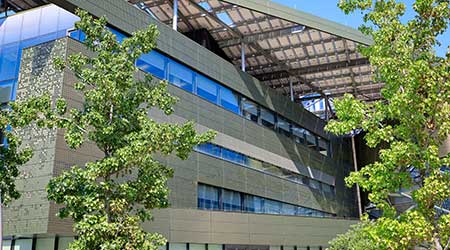Long-Term Benefits of Commissioning Energy-Monitoring Systems
Part 3 of a 4-part article on the advances in submetering technology
Managers looking to generate the highest payback from energy-monitoring systems should consider a continuous-commissioning or monitoring-based commissioning program to interpret the data for use in making continuous improvements.
The U.S. Green Building Council is promoting such efforts by including requirements into LEED v4.0. This latest version allows participants to earn points under the rating system by implementing energy-monitoring programs and tracking points and metered values to compare them to calculated acceptable values. The goal is to evaluate performance, including identifying conflicts between systems and out-of-sequence operation of system components, as well as creating energy- and water-use profiles.
Continuous commissioning is a systematic process for investigating, analyzing, and optimizing the performance of building systems through the identification and implementation of low- and no-cost and capital-intensive facility improvements and ensuring their continued performance over time. This process helps managers make systems perform interactively to meet the facility requirements.
Existing building commissioning is a comprehensive term and process that encompasses more narrowly focused process variations — including retrocommissioning, recommissioning, and ongoing commissioning — that are commonly used in the industry.
Most existing buildings have not undergone any type of commissioning or quality assurance process since coming online. Over time, the facility’s requirements change, and the operational efficiencies of buildings tend to degrade. Because of these factors, many buildings are performing well below their potential, use more energy than necessary and cost more to operate than they should. Existing building commissioning responds to a manager’s desire to improve building performance, solve comfort and operational problems, and reduce operating costs.
Ultimately, buildings with more advanced energy monitoring systems can reduce energy use only so much, due to equipment performance limitations. As buildings maximize their energy efficiency, the human effect becomes a larger contributor to energy usage. No matter the age, size or type of facility or its components, the common element of successful energy management is a commitment that starts with top executives and is driven by both the occupants and managers.
Derek Tynan is a senior project engineer with Horizon Engineering Associates. He has experience executing and managing commissioning, retrocommissioning and energy auditing services for commercial, K-12, higher education, retail and LEED-certified buildings.
Related Topics:















